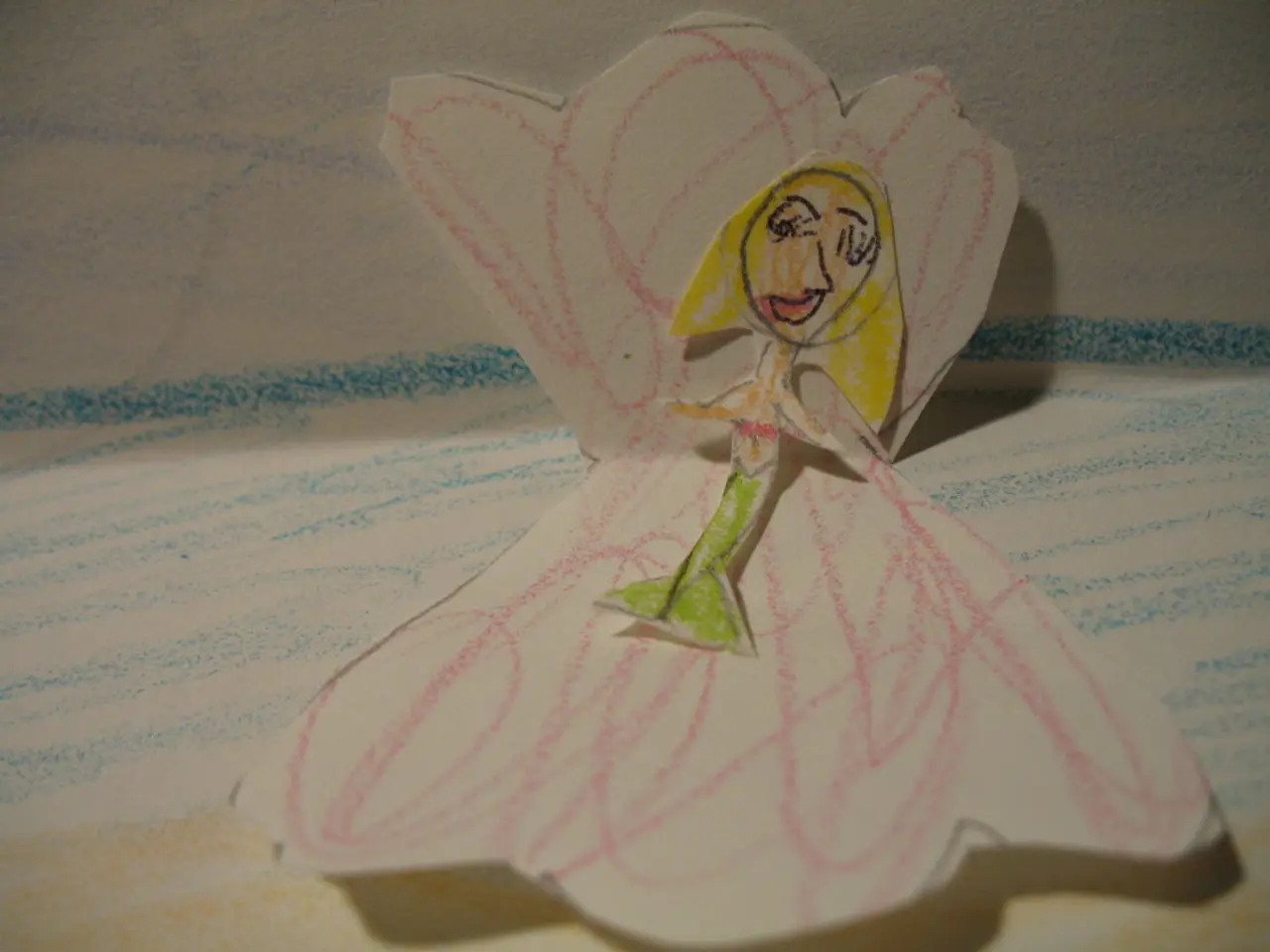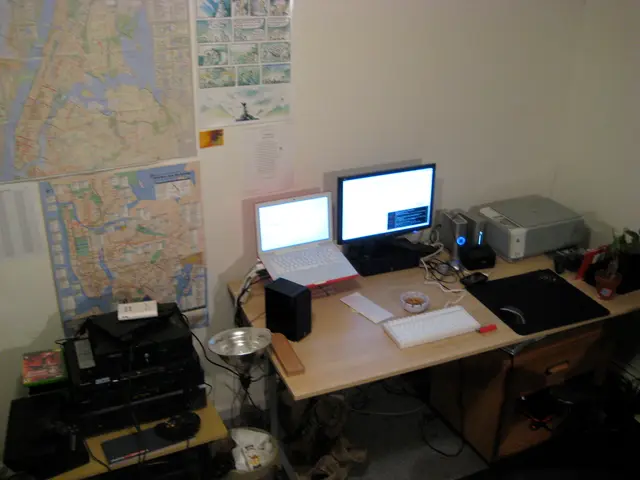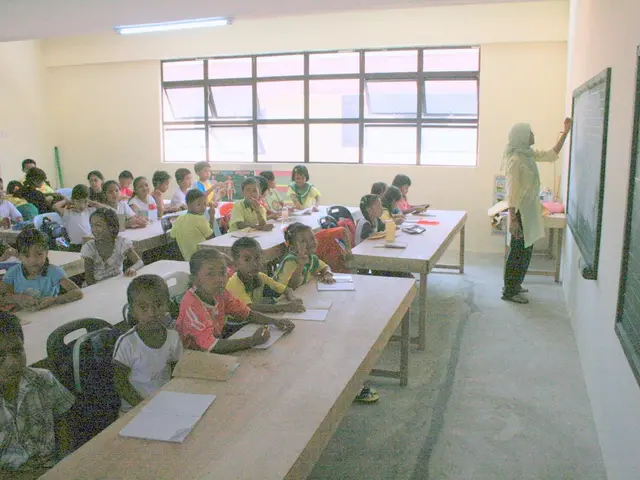Criteria for IB Visual Arts Submission
The International Baccalaureate (IB) Visual Arts course, a part of the Group 6 (Arts) subjects in the IB Diploma Programme, offers students a comprehensive and engaging journey into the world of art. Assessment for this course is divided into three main components, each with specific requirements and assessment criteria.
---
### 1. Comparative Study (20% of Grade)
The Comparative Study component is designed to encourage students to analyze and compare artworks by different artists from various cultural contexts. By exploring similarities and differences in artistic intention, style, and cultural significance, students gain a deeper understanding of the art world.
For this component, students are required to submit a digital PDF, with HL students producing a more extensive study of 10-15 pages, including 3-5 pages comparing their own artwork with others'. The study must demonstrate critical analysis, contextual understanding, and comparative skills.
Assessment criteria focus on Analysis and Interpretation, Comparison, and Contextual Awareness.
---
### 2. Process Portfolio (40% of Grade)
The Process Portfolio documents the student’s artistic journey, including experimentation, exploration of media and techniques, and reflection on the development process. HL students produce a 13-25 page portfolio, while SL students produce 9-18 pages.
The portfolio should include evidence of research, experimentation, refinement, and development of ideas. It must reflect technical skill, creativity, and conceptual understanding.
Assessment criteria focus on Technical Skill, Creative Exploration, and Reflection and Evaluation.
---
### 3. Exhibition (40% of Grade)
The Exhibition component presents and curates completed artworks that express the student’s artistic intentions and achievements. Students are required to create a curatorial rationale explaining theme, intent, and selection of artworks.
HL students present 8-11 final artworks, while SL students present 4-7. The exhibition includes thoughtful presentation and resolution of artworks.
Assessment criteria focus on Artistic Intent and Resolution, Presentation, and Technical Achievement.
---
In summary, students must demonstrate a balance of independent critical thinking and comparative analysis, technical skill and creative experimentation, and artistic vision and completed works with strong presentation. HL students engage in more extensive work to meet higher expectations in volume and depth across all components. Effective time management and reflective practice are essential for success in the IB Visual Arts course.
It's worth noting that the IB Visual Arts course requires 150 hours of study for the Standard Level and 240 hours for the Higher Level. The course is an excellent opportunity for students to develop their artistic skills, theoretical knowledge, and reflective practice in a supportive and challenging environment.
While RevisionDojo, a personalized, social, and fun learning tool powered by Jojo AI, is not a part of the IB Visual Arts course assessment criteria, it could potentially be used to enhance the learning experience and improve the course.
[1]: [Link to source 1] [3]: [Link to source 3] [4]: [Link to source 4]
[Link to source 1]: [URL for source 1] [Link to source 3]: [URL for source 3] [Link to source 4]: [URL for source 4]
In the International Baccalaureate (IB) Visual Arts course, students enhance their education-and-self-development through learning by engaging in the Process Portfolio, where they explore media and techniques, reflect on their development process, and demonstrate technical skill, creativity, and conceptual understanding. Furthermore, the Comparative Study component encourages students to analyze and learn from different artworks, fostering a deeper understanding of the art world by comparing their own artwork with others and demonstrating critical analysis, contextual understanding, and comparative skills.




